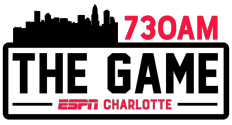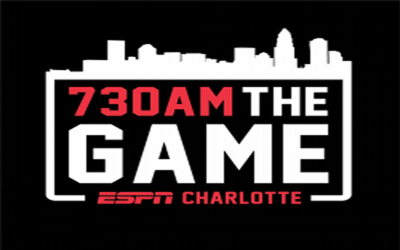By: Phil Constantino
Attention college sports fans!
Collegiate stardom pales in comparison to professional stardom, and as the shininess of the new NIL era wears off, I hope this fact has become apparent.
Historically, there are only a handful of collegiate athletes that could command life-changing money off of their name, image, and likeness. In my lifetime, Tim Tebow, Johnny Manziel, and Zion Williamson, are the select few names that come to mind.
But realistically, of all the collegiate athletes that have ever graced this earth, in all sports and all levels of college athletics, the number of student-athletes that could generate NIL money is significantly lower than one percent.
Yes, Tebow, Manziel, Williamson, and many others, missed out on piles of cash due to the old rules of “amateurism.” However, in almost every instance, eventually the NIL-capable athlete benefited handsomely in the form of first-round pick compensation.
The irony of NIL is uncanny. Public pressure has forced the upheaval of a system that benefits far more people than it hurts. The worst part? The rich stand to get richer and the poor will get poorer.
As long as colleges are not permitted to directly compensate student-athletes (a major criteria of “amateurism” that I do believe will be upheld by the courts long term), NIL deals will become the backdoor version of student-athlete salaries. At many schools, the use of a third-party intermediary is not a new practice, but now it is legal.
As Stadium’s Jeff Goodman reported via Twitter on July 1st, “One high-major somewhat sarcastic assistant coach: ‘I don’t think I’m even going out on the road to recruit in July. I’m just gonna work on NIL deals for players and recruits. That’s probably the best way to get players now.’”
Good luck to the small Division I’s, Division II’s, Division III’s and beyond, schools that are already financially on thin ice and unable to keep up in the arms race. Good luck to any school not in the Power 5.
Good luck to the Winthrop’s, Davidson’s, and Charlotte’s of the world. The star point guard you hoped to recruit is headed to NC State. There he can command $100 for a tweet as the 12th man on the bench. At your school, he cannot.
Embed from Getty ImagesIn generations past, the NCAA was not divided between Divisions I, II, and III. There was a University Division for the large schools and a College Division for the small schools. In generations past, all-star caliber athletes, such as Ben Wallace and Charles Oakley, produced stellar pro careers after a college career in Division II. In generations past, the National Association of Intercollegiate Athletics or NAIA, a non-NCAA affiliated governing body that most contemporary college sports fans have never heard of, produced a quality of basketball that rivaled the NCAA’s best. The NAIA placed Scottie Pippen, Dennis Rodman, M.L. Carr, and Terry Porter in the NBA, just to name a few.
Lucrative television contracts and modern media coverage killed those days. NIL is the next giant-slayer.
Expect the “Power 5 versus everyone else” performance divide to grow, potentially including a Power 5 split from the NCAA altogether. Expect small DI’s to consider a transition down. Expect less athletic scholarship opportunities to be available for ALL student-athletes nationwide. Expect more small schools to cut athletic programs. Expect more small schools to close its doors.
The schools where the people you actually know play college sports, such as your friend’s and co-worker’s kids, stand to lose the most. Not the schools you watch on TV. The NIL era will entice the masses to care even less about the small schools. Our society hasn’t even begun to feel the ripple effect.
The average college sports fan beating the drum of student-athlete empowerment has never spent a single second watching a DII or DIII game, let alone a NJCAA, NAIA, USCAA, or NCCAA game. Yes, those are all governing bodies of college athletics that still operate today.
The average college sports fan is entirely unaware that the NCAA governs more than 1,200 institutions, that only 351 NCAA schools compete in DI, and that DIII is by far the largest of the three Divisions with 443 schools. The average college sports fan has probably only spent a small fraction of his or her life watching non-revenue generating DI sports.
The average college sports fan has never played nor worked in college athletics. Therefore, the average college sports fan has no understanding of how much student-athletes already receive in the form of tuition, room and board, meals, and clothing.
I, like most, struggle with the prospect of preventing a student-athlete from exploring NIL possibilities. But I also understand the mess that has been created.
We’ve made a decision for a few that will adversely affect the masses.


